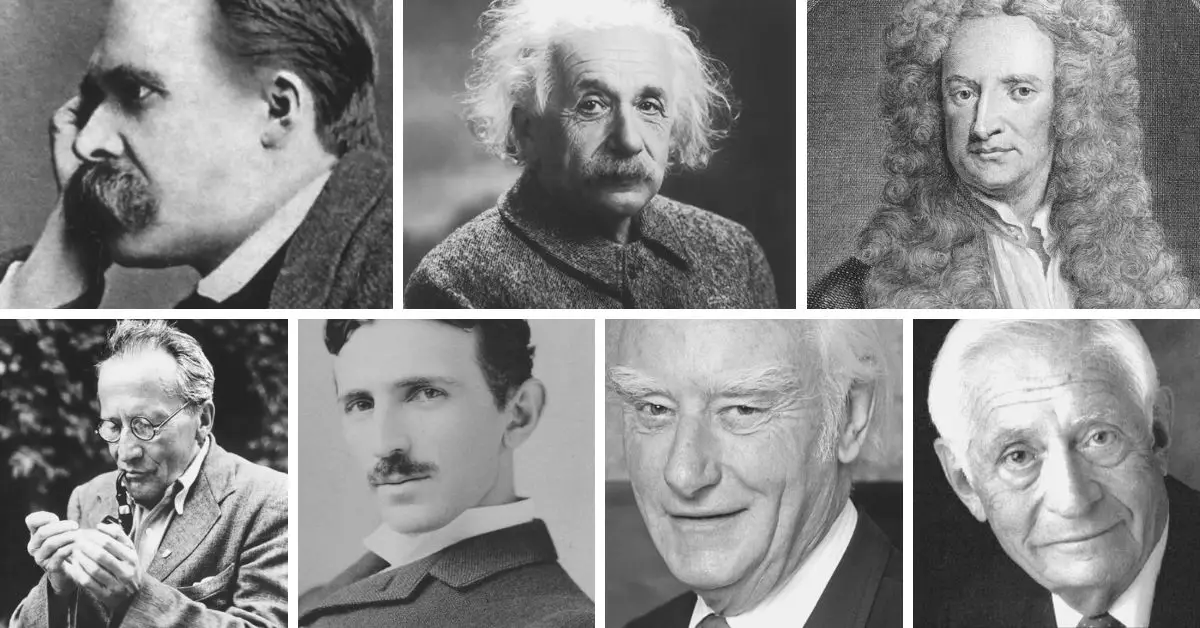To celebrate scientists and scientific advancements, we have collected a list of the most famous mad scientists that will inspire us for the greater good.
Mad scientists are those who have transgressed the norms of their field. These people relied on questionable and sometimes dangerous research methodologies.
We put together a list of some of the scientists who overstepped the conventionally accepted boundaries of science.
This article is the product of intense research. We explored the Nobel Prize and many other publications to pick the most famous scientists.
Here are the famous real-life mad scientists.
Table of Contents
Famous Mad Scientists
#13. Johann Conrad Dippel (1673-1734): The German Scientist Who Inspired the Work on Frankenstein

What makes Johann Conrad Dippel famous?
Johann Conrad Dippel, an alchemist, theologian, and scientist, was born on August 10, 1673, in Castle Frankenstein. He is widely recognized as the person who created the Prussian Blue, a pigment that is still useful today in the treatment of metal poisoning.
However, Dippel is better known for his experiments. At one point, he made a stew from animal hides and bones that he named “Dippel’s Oil.” Dippel believed this stew could make anyone live longer.
Even weirder, several people think he even stole human bodies from Castle Frankenstein to satisfy his obsession with dissecting animals and creatures.
Although this claim is debatable, Dippel is frequently credited as the model for Mary Shelley’s Frankenstein.
[Source: Frankenstein Diaries]
#12. William Buckland (1784-1856): The British Geologist With Wild Eating Habits
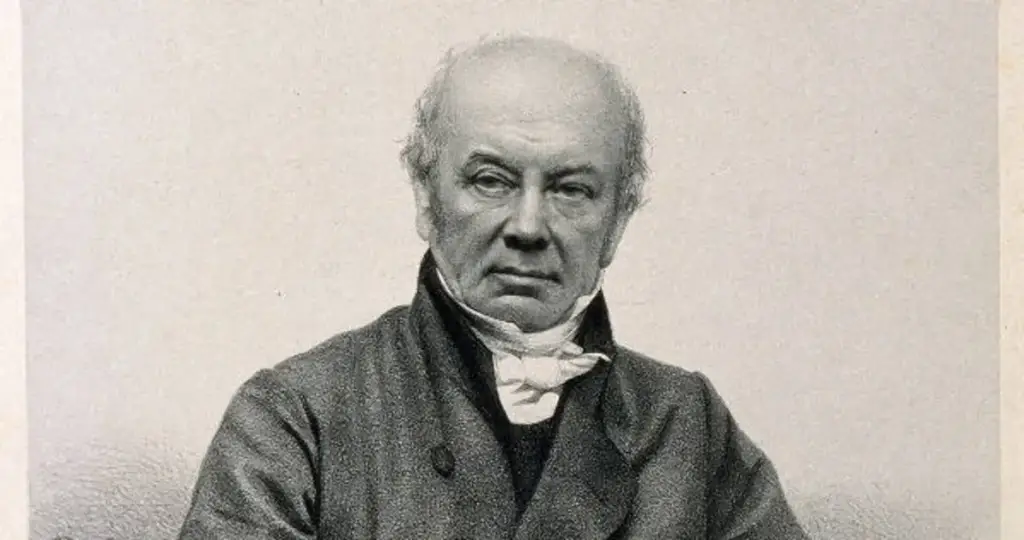
What makes William Buckland famous?
William Buckland is best known for being the first person to provide a comprehensive account of the Megalosaurus, a fossilized dinosaur. But it was his eating habits that raised questions about his sanity.
He ate everything, from potted ostrich, roast hedgehog, panthers, puppies, and even garden moles. Buckland claimed to have eaten the heart of King Louis XIV, eclipsing his scientific achievements.
[Source: Encyclopedia Britannica]
#11. Jose Delgado (1915-2011): The Spanish Scientist Who Tried to Create Mind-Control Devices
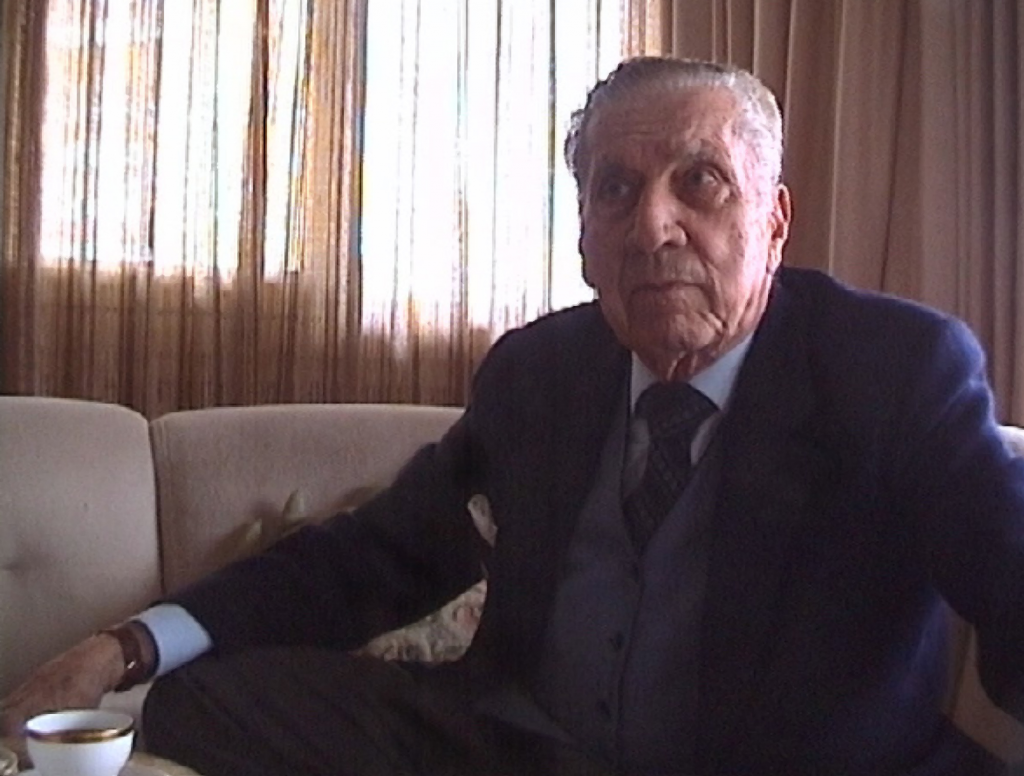
What makes Jose Delgado famous?
Jose Delgado, a graduate of the University of Madrid, held a prestigious position at Yale University. His activities in the esteemed school’s physiology department were peculiar.
Delgado was interested in mind control. During his time at Yale, he implanted electrodes into the brains of animals. This scientist then controlled the primates using a radio frequency-emitting remote control.
Later, he implanted an electrode into a bull’s brain and challenged it in a ring while using his transmitter to manipulate the bull.
In his belief, someday, armies will be directed using electromagnetic brain stimulation. Delgado used his technique on at least 25 human beings.
[Source: Scientific American]
Similar Articles:
- 20+ Famous Polish Scientists That You Should Know
- 15 Famous Scientists With Dyslexia That You Should Know
- 30+ Famous Genetics Scientists That You Should Know
#10. Stubbins Ffirth (1784-1820): Crazy Methods to Prove Yellow Fever Was Non-contiguous
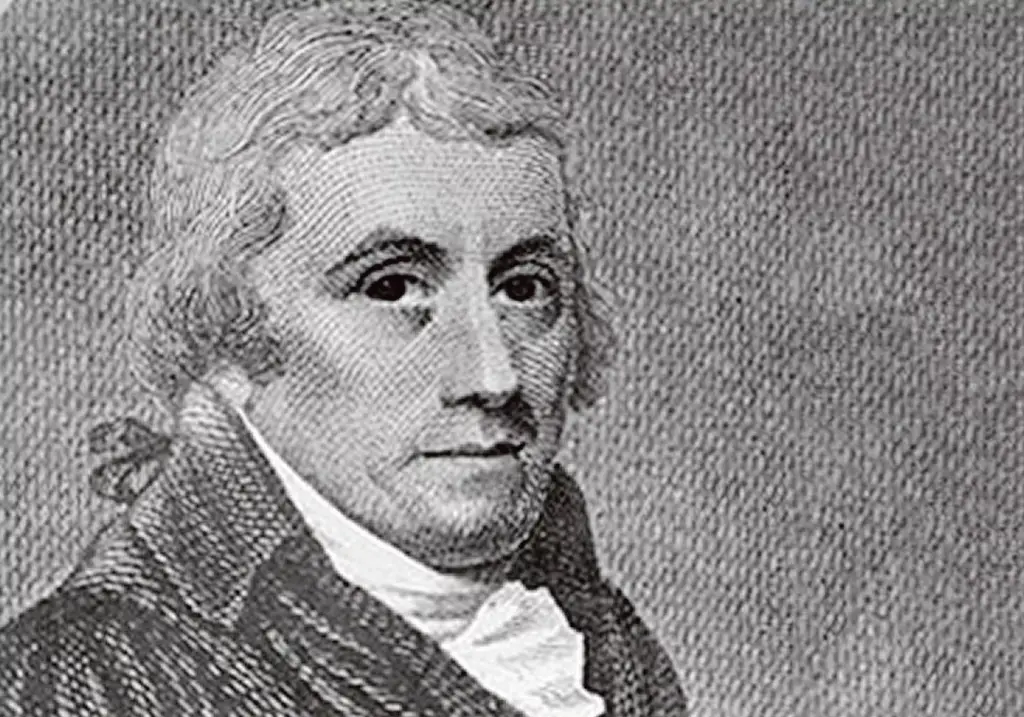
What makes Stubbins Ffirth famous?
Stubbins Ffirth was an American medical doctor best known for his weird scientific experiments, particularly on yellow fever. He developed an obsession with the notion that yellow fever was not contagious.
Ffirth went on to prove his hypothesis, not minding the risks. He rubbed yellow fever victims’ vomit into his wounded arm. When this method failed, he went even further, covering himself in patient blood, pee, and saliva in an act of insanity.
This American researcher validated his theory since he remained healthy. But scientists have established that Stubbins Ffirth couldn’t get sick because he only used samples from yellow fever patients in the late stages of the disease.
[Source: Alpha History]
#9. Sergei Brukhonenko (1890-1960): Open-Heart Surgery Pioneer Who Kept a Dog Head Alive
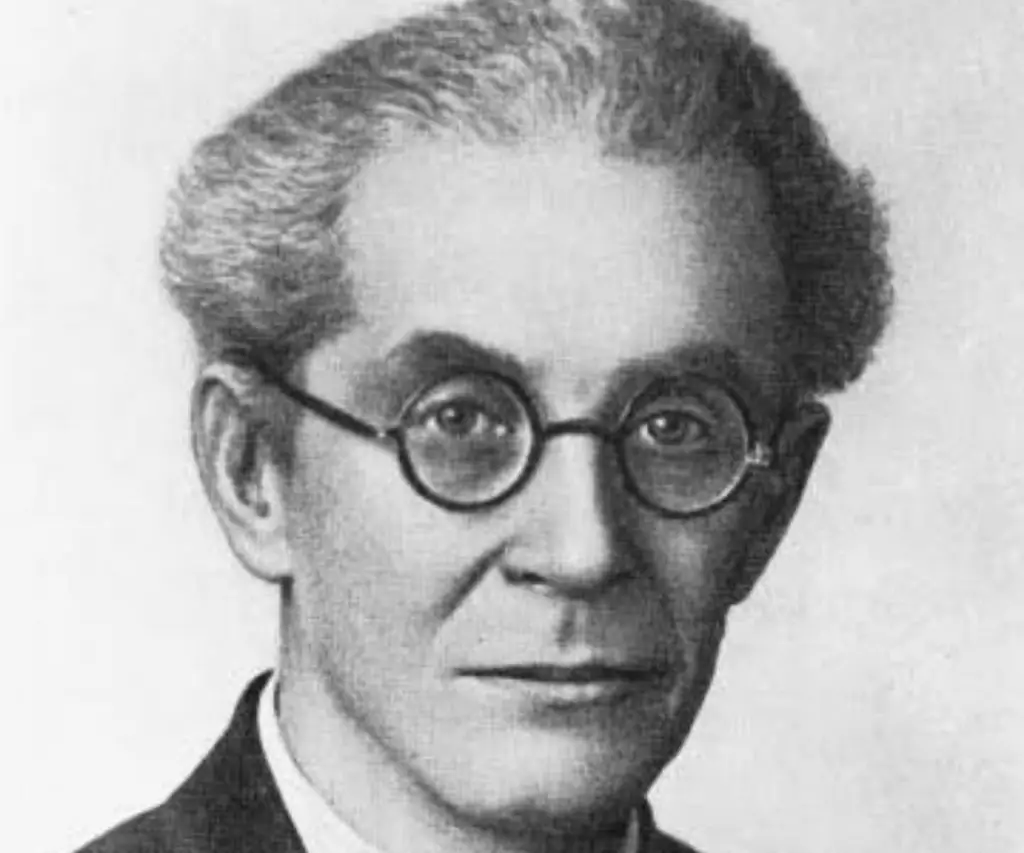
What makes Sergei Brukhonenko famous?
Although Sergei Brukhonenko is credited with revolutionizing Russian open-heart surgery, his experiments were upsetting.
He, alongside his team, kept a canine alive after removing its head. They connected the head to blood- and air-supply equipment to prevent it from dying. One day, this Soviet Frankenstein drew all the blood from a hound, then revived the animal.
The 1940 movie Experiments in the Revival of Organisms featured footage of Brukhonenko’s grisly work.

#8. Ilya Ivanov (1870-1932): The Guy Who Tried To Create a Human-Ape Baby
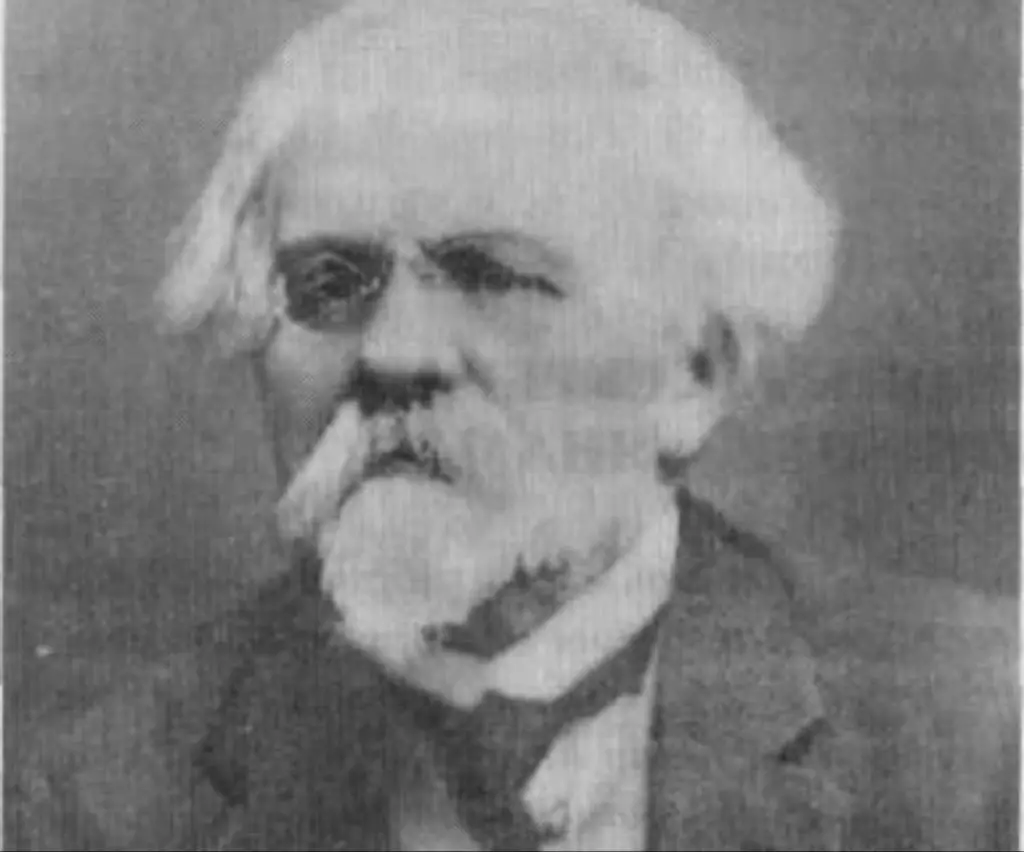
What makes Ilya Ivanov famous?
You might wonder if there is anything crazier than the scientists’ antics mentioned. Well, Ilya Ivanov, a Soviet biologist, presents you with the next level of madness. He set out for world domination using his expertise in artificial insemination.
After receiving permission from the Bolshevik government, Ivanov embarked on a journey with the specific intent of creating ape-human hybrids. While living in Paris, he attempted to conceive a human being by fertilizing Nora, a chimpanzee, with human sperm.
His experimental studies didn’t stop there. Ivanov traveled to Africa, where he used more human sperm to inseminate chimpanzees. If Ivanov wasn’t playing God, then what was he doing?
Of course, none of the champs became pregnant. This prompted him to change his strategy. This time, he looked for Soviet women who would voluntarily be inseminated with chimpanzee sperm.
Even more disturbing, Ivanov successfully found willing participants. He was relocated to Kazakhstan due to a Stalinist purge of scientists. This happened before his studies could begin.
[Source: Encyclopedia Britannica]
Similar Articles:
- 15 Famous Pacific Islander Scientists You Should Know
- 17 Famous Marine Scientists That You Should Know
- 30+ Famous Black Woman Scientists That You Should Know
#7. Robert G. Heath (1915-1999): Pioneer of deep-brain stimulation researches and methods that is deemed unethical today
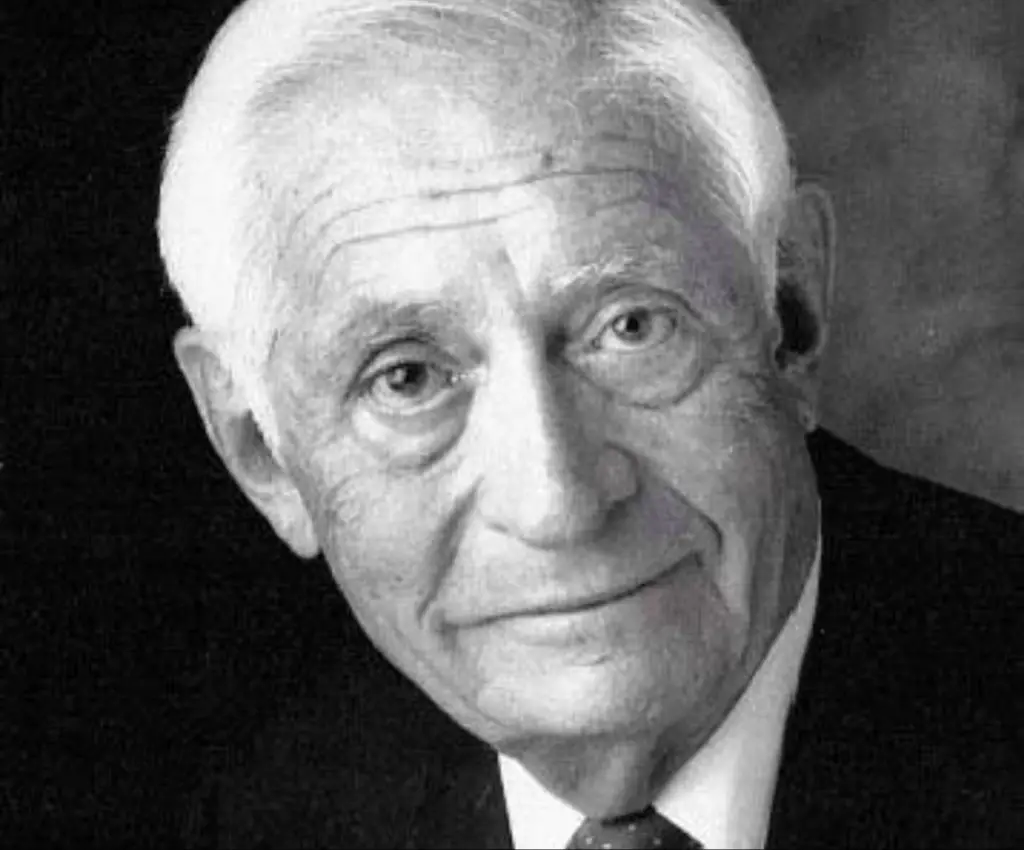
What makes Robert G. Heath famous?
Robert G. Heath practiced mind control like José Delgado, but with a few disparities. While at Tulane University, Heath discovered that he could induce brief feelings of pleasure in people through electric stimulation. He would administer acetylcholine straight to the human brain.
This chemical, along with electrodes, causes a state of simulated bliss with repeated orgasms that could last up to 30 minutes.
On the other hand, patients could experience excruciating pain when Heath activated their pain centers. Some people think Heath was involved in the illegal MK-ULTRA project. The Central Intelligence Agency devised a series of experiments to look for ways to force confessions out of people. This is a convincing explanation for his weird preoccupation.
[Source: The Journal of Neurosurgery]
#6. Francis Crick (1916-2004): The Co-Discoverer of DNA Structure

What makes Francis Crick famous?
Francis Crick is known as one of the individuals who discovered the exact structure of DNA, along with James Dewey Watson. While employed at the University of Cambridge, the pair became friends. In 1962, they were the recipients of the Nobel Prize for their contributions to science.
It is challenging to understand Crick’s latter beliefs since he was perhaps one of the most outstanding scientists ever. Sometime in the 1970s, this English molecular biologist started supporting one of the wackiest pseudoscientific notions ever.
The theory behind “directed panspermia” is that life on our planet intentionally arose from extraterrestrials. This claim appears more like a sci-fi movie storyline than anything grounded in serious scientific inquiry.
What’s the best Francis Crick quote?
“Chance is the only source of true novelty.”
[Source: Encyclopedia Britannica]
#5. Nikola Tesla (1856-1943): An Unsung Hero Celebrated by Elon Musk
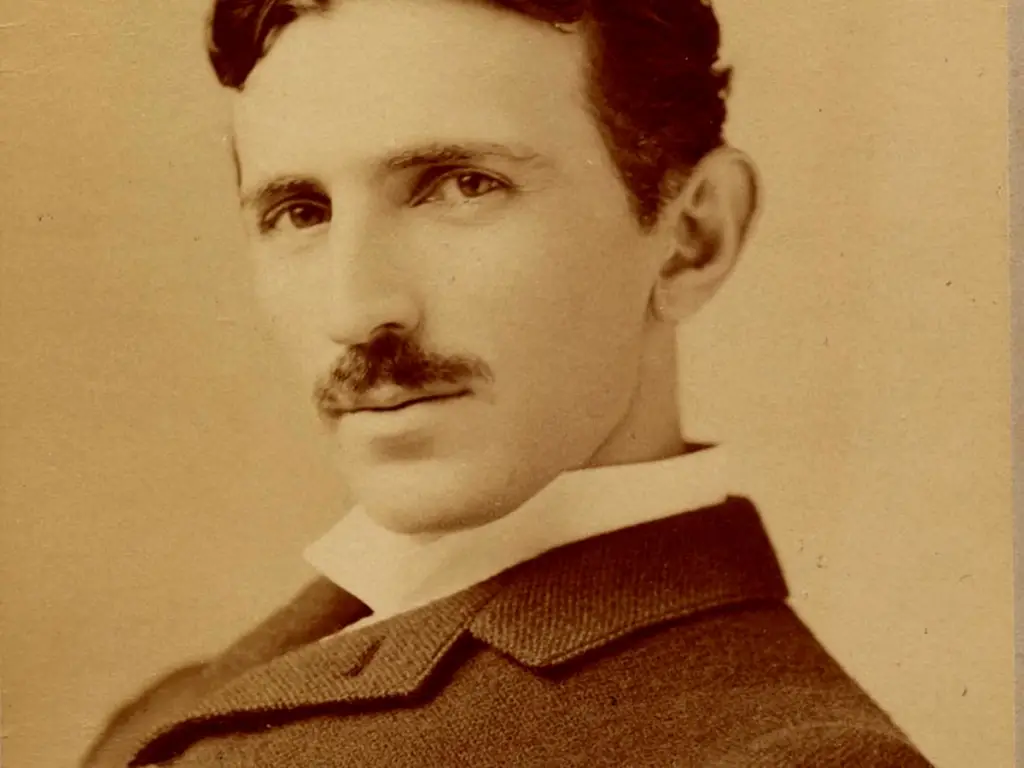
What makes Nikola Tesla famous?
Nikola Tesla is one of the most famous inventors and engineers in history. He was born in 1856 in what is now Croatia, and he died in 1943.
He is best known for his contributions to the scientific community. This scientist also considered the possibility of creating anti-gravity flying machines.
But it’s his obsessive-compulsive disorder that we are going to talk about today.
Nikola Tesla couldn’t have enough wild hair. His aversions included touching human hair. If that’s not all, Tesla was in love with a pigeon. Even weirder, he believed the bird had fallen in love with him, too.
What’s the best Nikola Tesla quote?
“If your hate could be turned into electricity, it would light up the whole world.”
[Source: The Smithsonian Magazine]
Similar Articles:
- 30+ Famous Biology Scientists That You Should Know
- 19 Famous Animal Scientists That You Should Know
- 15 Famous Black Computer Scientists That You Should Know
#4. Erwin Schrödinger (1887-1961): The Father of Quantum Theory
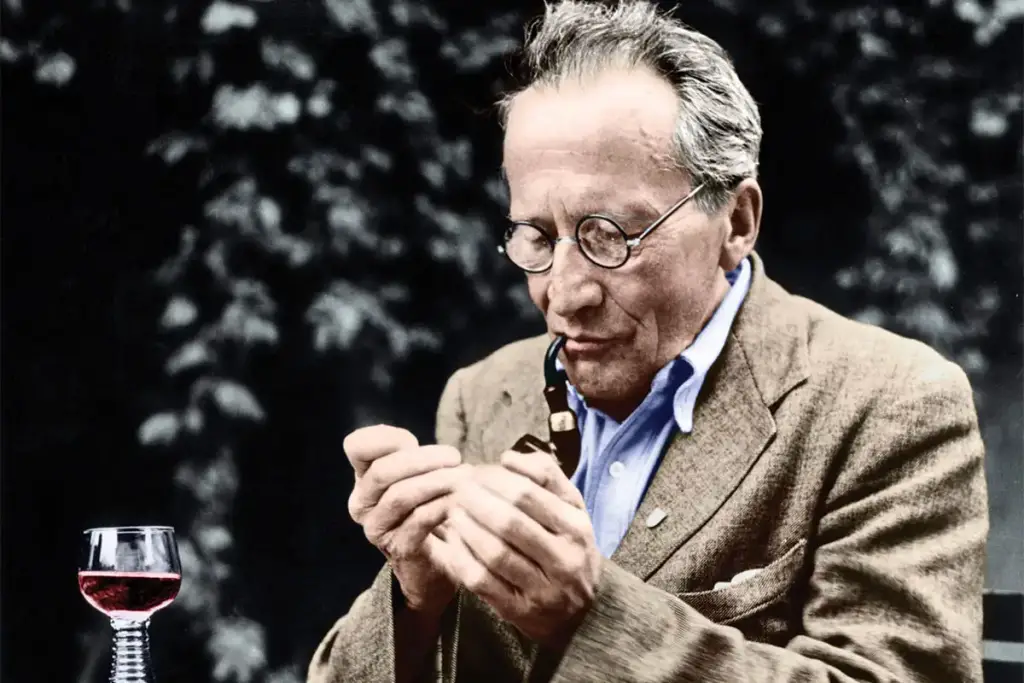
What makes Erwin Schrödinger famous?
If you’ve ever been in a physics class, you might know Erwin Schrödinger—the Austrian physicist who won the Nobel Prize for his contributions to quantum theory.
Erwin Schrödinger was born in Vienna but later became Irish after his exile from Nazi-occupied Austria. He was proficient in both theoretical and experimental physics.
Erwin Schrödinger won the Nobel Prize in Physics for his contributions to quantum theory, which led to a better understanding of the Schrödinger equation.
Some of his experimental methods were crazy, making one of the mad scientists to ever live.
This Nobel Laureate is best known for creating a famous thought experiment called “Schrodinger’s Cat” to explain concepts related to quantum mechanics.
The experiment involves placing a cat in a box with a vial of poison and a radioactive substance. Whenever someone opens the box, they will have no way of knowing if the cat is alive or dead until they look inside.
What’s the best Erwin Schrödinger quote?
“The task is not to see what has never been seen before, but to think what has never been thought before about what you see everyday.”
[Source: The Nobel Prize ]
#3. Sir Isaac Newton (1642-1727): The Man Who Formulated The Laws of Motion

What makes Sir Isaac Newton famous?
Sir Isaac Newton was an English scientist and mathematician. He is best known for his contributions to astronomy, physics, and optics and his many other works that extended throughout the 18th century.
Newton is also famous for conducting some of his experiments on himself. He would poke his eyes using needles to study optics. He also firmly believed in the apocalypse, supporting the notion that the universe would end a few years after 2060.
What’s the best Sir Isaac Newton quote?
“What we know is a drop; what we don’t know is an ocean.”
[Source: Encyclopedia Britannica]
#2. Albert Einstein (1879-1955): The Father of Modern Physics
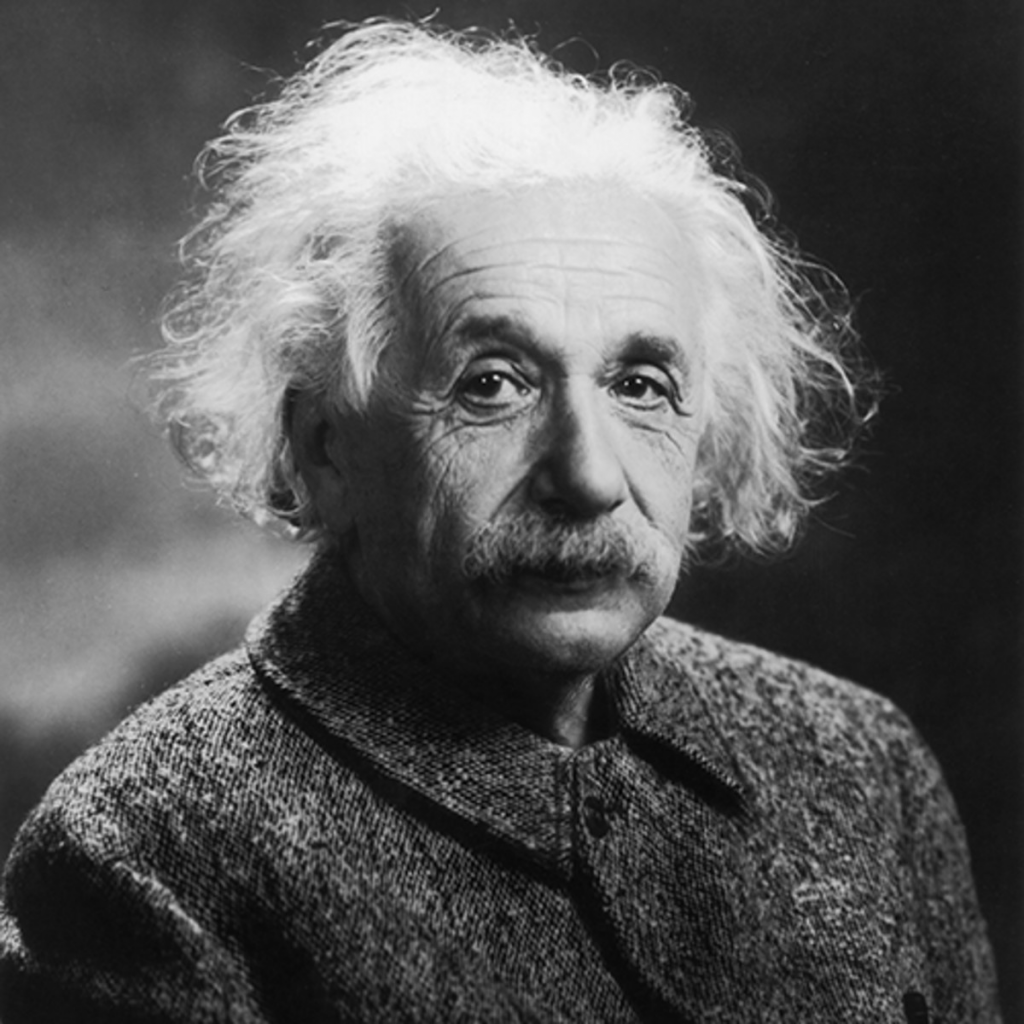
What makes Albert Einstein famous?
Albert Einstein was a German theoretical physicist best known for his contributions to modern physics through his work on quantum mechanics and relativity.
Not only did he develop the theory of relativity, but he also developed one of the most famous equations of all time—the mass-energy equivalence. He came up with the laws of photoelectric effects, which earned him a Nobel Prize in 1921.
This German scientist was always at work. He would spend 21 hours at his work table, sleeping for three hours a day. His style made him an antisocial human being who was always conducting his experiments or talking about them.
What’s the best Albert Einstein quote?
“Life is like riding a bicycle. To keep your balance, you must keep moving.”
[Source: Nobel Prize]
Similar Articles:
- 20+ Famous Astronomy Scientists That You Should Know
- 17 Famous Greek Scientists That You Should Know
- 30+ Famous Atheist Scientists That You Should Know
#1. Friedrich Nietzsche (1844-1900): The German Philosopher Who Suffered Vascular Dementia
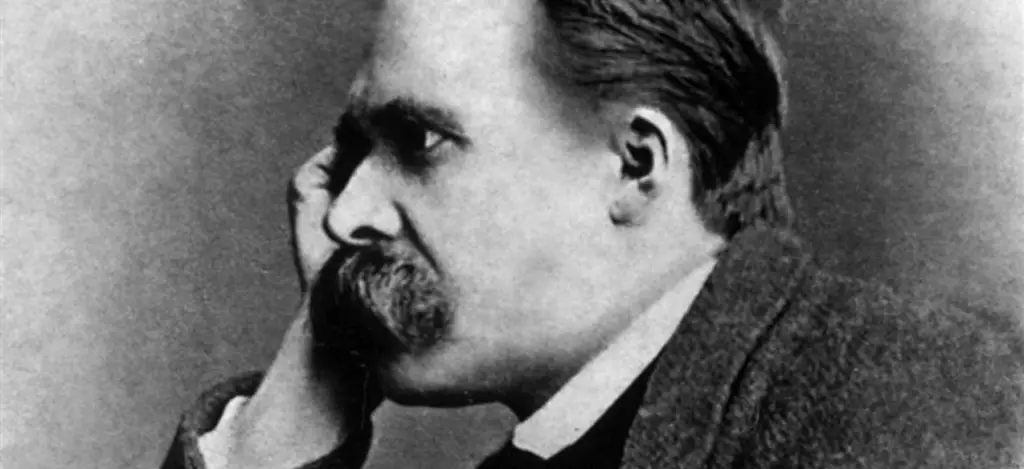
What makes Friedrich Nietzsche famous?
Friedrich Nietzsche was born on October 15, 1844, in Röcken, Prussia (now Saxony), Germany. He is best known as the youngest chair of the University of Basel’s department of classical philology and for his work pioneering modern intellectual history.
Nietzsche experienced several health problems throughout his life, including hallucinations and paralysis. In 1889, he began to suffer from dementia. Nietzsche died on August 25, 1900 at the age of 55.
[Source: Stanford Encyclopedia of Philosophy]
Final Thoughts
The best part about these mad scientists is that they used their genius to improve the world. These scientists came up with many insane theories that made people wonder.
There are quite a few famous mad scientists in our history.
These people dedicated their lives to science, although their experiments were often dangerous. Therefore, we think they deserve the title “famous real-life mad scientists.”
What are your thoughts? Who would you consider adding to this list?

